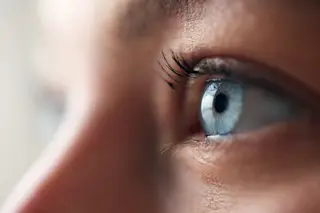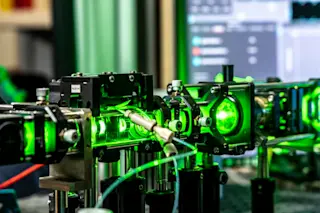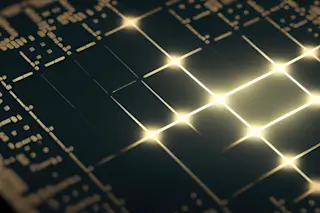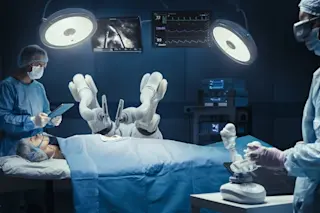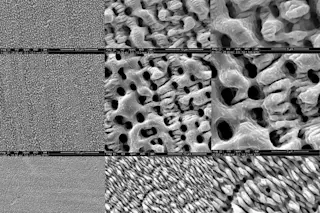Kit Parker has built an artificial jellyfish out of silicone and muscle cells from a rat heart. When it’s immersed in an electric field, it pulses and swims exactly like a real jellyfish. The unusual creature is part of Parker’s efforts to understand the ways in which muscles work, so that he can better engineer heart tissue. And it has a bizarre intended purpose: Parker wants to use it to test heart drugs. I wrote about his work for Nature, so head over there for the main story. Meanwhile, here’s my full interview with Parker about the jellyfish. He’s a fantastic interviewee – you’ve got to imagine him almost shouting this stuff. Building a jellyfish using rat tissue isn’t exactly a typical everyday idea. Where did it come from? My group does cardiovascular research and I spend a lot of time thinking about building tools for early-stage drug discovery. We’re ...
“We took a rat apart and rebuilt it as a jellyfish.”
Discover how Kit Parker's artificial jellyfish mimics natural movements, aiding advancements in cardiovascular research and drug discovery.
ByEd Yong
More on Discover
Stay Curious
SubscribeTo The Magazine
Save up to 40% off the cover price when you subscribe to Discover magazine.
Subscribe


